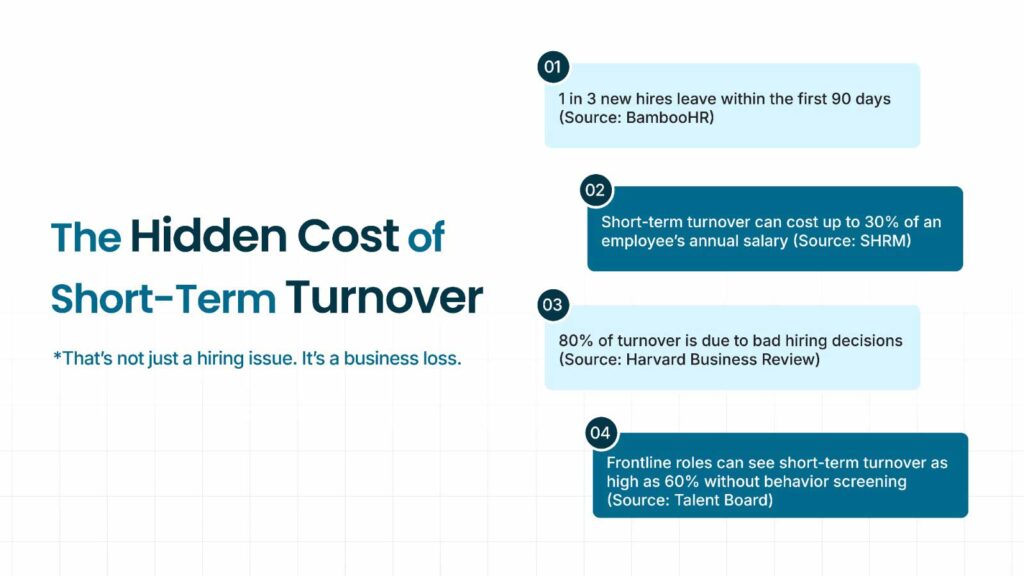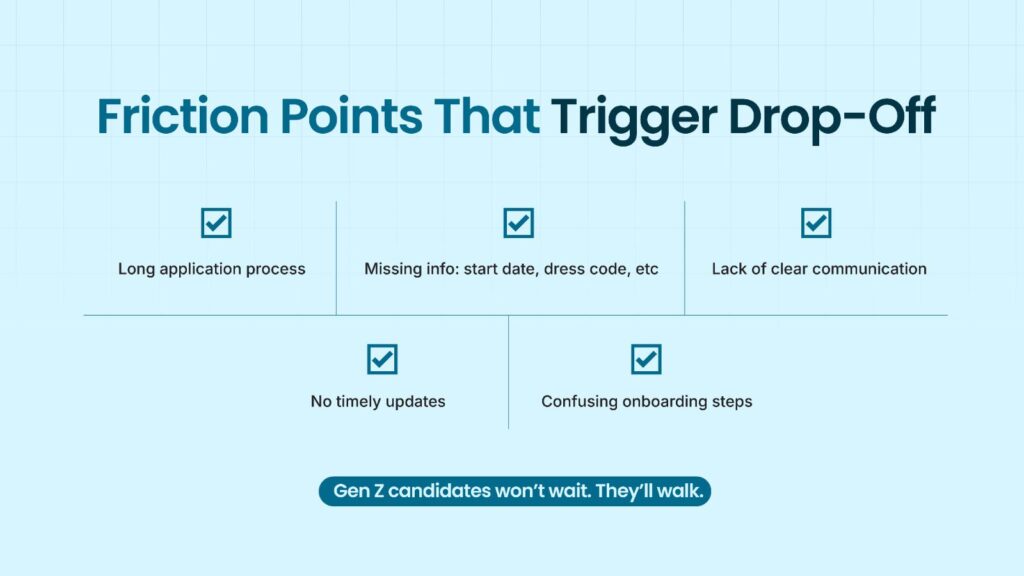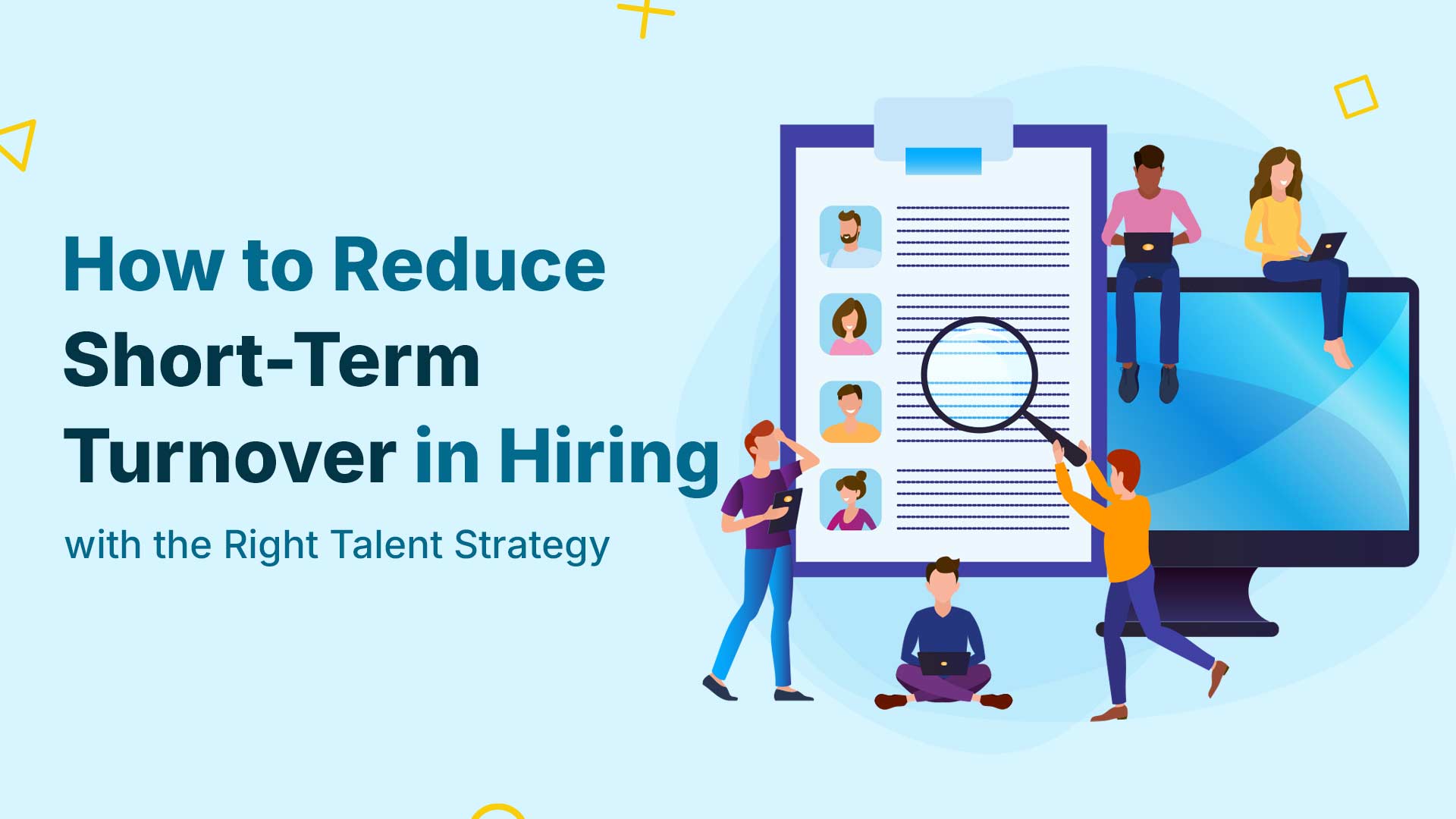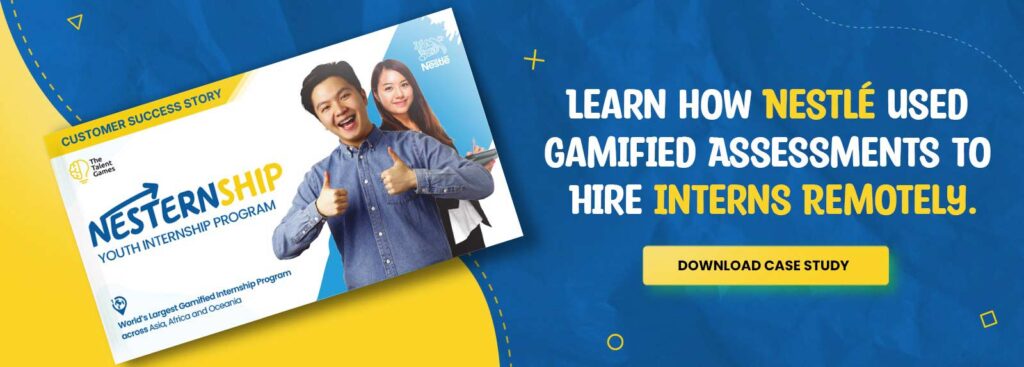Struggling with short-term turnover in hiring? This blog breaks down real reasons people quit early, and how smart assessments helped companies fix it fast.
Understanding short-term employee turnover and its business impact
Turnover in hiring, especially for frontline or entry-level roles, often feels like an endless loop. Recruiters push to fill open positions, but many new hires leave within weeks, sometimes before their first paycheck. While high annual turnover (almost 100% in certain industries) can be attributed to industry realities like seasonality or wage competition, short-term turnover is different. It’s fixable, and more damaging when overlooked.
Short-term turnover refers to new employees quitting within the first 90 days. These exits usually mean no real value was gained from the hire, but considerable cost was incurred in advertising, onboarding, and training. This problem, although common, is rooted in subtle psychological signals and operational gaps that can be solved with the right approach.
At The Talent Games, our industrial-organizational psychologists and HR tech experts believe short-term turnover can be reduced by rethinking how you engage candidates, before and after hiring.

Why new hires leave within 90 days: 4 psychological factors and proven solutions
1. A complex and outdated hiring process causes friction
The Challenge:
Human psychology naturally seeks clarity, comfort, and consistency (Alter & Oppenheimer, 2009, Psychological Science). Hiring systems filled with delays, unclear communication, or overwhelming steps push candidates away (as shown in the infographic above).
Frontline workers, especially from Gen Z, expect instant information and personalized engagement. If your hiring journey is clunky, confusing, or time-consuming, candidates will ghost ,often without warning.
If your application takes 20 minutes and a competitor offers a similar role with a 2-minute apply flow, you’re losing talent before the first interaction is complete. Lack of timely onboarding details, training, or direction also causes drop-off during the first few days of employment.

The Talent Games solution:
Automate and simplify your hiring journey through our AI-powered C-Factor platform, a gamified assessment engine that screens, scores, and schedules interviews in real time.
By integrating AI with your recruitment funnel, you offer a faster, more engaging experience that aligns with Gen Z candidate expectations, who prioritize transparency, employer branding, and digital-first interaction.
You reduce time-to-hire, eliminate unnecessary manual steps, and improve candidate satisfaction, all while showcasing your brand as tech-forward and responsive.
Our clients have significantly lowered drop-off by leveraging real-time automated communication and pre-boarding through our C-Factor experience.
2. Lack of job clarity leads to mistrust and early exits
The Challenge:
It’s tempting to highlight only the positives when marketing a job. But this can create a gap between expectation and reality, one of the biggest triggers for early attrition. When a candidate realizes the actual job differs from what was presented, they feel misled. This breach of psychological trust often leads to resignation, especially if support is also lacking.
A study from Harvard Business Review shows 80% of turnover stems from bad hiring decisions, often due to mismatched expectations.
The Talent Games Solution:
Ensure clarity and alignment with gamified job previews and values-based assessments. Our gamified assessments can be customized to reflect your company culture and job realities.
For example, you can design a simulation that mirrors a typical workday or showcases the pace of customer interactions. By integrating core company values and role expectations, you give candidates a real look into your work environment, and attract those who are aligned.
This not only builds candidate trust but also strengthens employer branding, as your organization is seen as authentic and transparent. Our scientifically validated assessments are built using behavioral science, ensuring that you’re not just screening, you’re building a connection.
3. Wrong role fit and personality mismatch increases turnover risk
The Challenge:
Hiring someone who looks great on paper doesn’t guarantee long-term success. Fit goes beyond skills, it’s about values, motivation, and how candidates behave under pressure. Many companies make assumptions, favoring certain traits (like extroversion for customer-facing roles), but miss underlying indicators of job suitability.
Personality traits like conscientiousness, openness, and stress tolerance can better predict whether someone will stay and thrive. Without this insight, turnover within the first 90 days remains high.
The Talent Games Solution:
Use gamified situational judgment tests (SJTs) to understand real-world behavior before hiring. These assessments are not generic quizzes, they are behavioral simulations designed to reflect actual work challenges, customized per role or industry.
For instance, our customized SJTs have been used by HBL to recruit Cash Officers, helping them assess how candidates respond to client pressure, accuracy demands, and time-sensitive decisions.
Similarly, during the Global Football Event in Qatar, our platform powered the screening of over 20,000 volunteers. Candidates went through game-based simulations that replicated the real pressure and scenarios they would face during the global tournament, ensuring readiness, alignment, and successful deployment.
These assessments give hiring managers deep insights into a candidate’s decision-making style, personality, and alignment with the organization, all before making an offer.
4. The talent strategy lacks personalization and psychological insight
The challenge:
Hiring today requires more than screening resumes. Candidates expect employers to know them as people and not just numbers. The rise of purpose-driven, feedback-hungry generations means a one-size-fits-all strategy will not work.
Organizations that rely solely on traditional methods fail to capture the emotional and psychological cues that drive retention.
The Talent Games Solution:
Our assessments are built on decades of psychometric science and designed with personalized scoring models. We focus on cognitive, behavioral, and cultural indicators, ensuring every candidate is matched not only to a role but to the right environment and expectations.
With real-time insights, organizations can adapt their messaging, coaching, and onboarding which are all based on how candidates prefer to learn, interact, and solve problems.
Why fixing short-term turnover should be a strategic priority
Short-term turnover drains your time, budget, and brand equity. It affects not just talent acquisition, but also employee morale, productivity, and customer satisfaction. Each ghosted hire or early quit leads to staffing gaps, lost training investment, and negative word-of-mouth.
By addressing the psychological factors that trigger turnover, confusion, misalignment, wrong fit, and replacing them with clear, engaging, and behavior-based assessments, you turn a leaky funnel into a reliable talent engine.
Final Thought
Short-term turnover is not just a recruitment metric, it’s a reflection of how human your hiring process is. Candidates today want to be understood, respected, and supported even before Day 1.
The Talent Games helps organizations do just that. Our gamified, scientifically-backed solutions ensure you engage, assess, and hire the right people not just quickly, but meaningfully.
And when that happens, retention follows.

